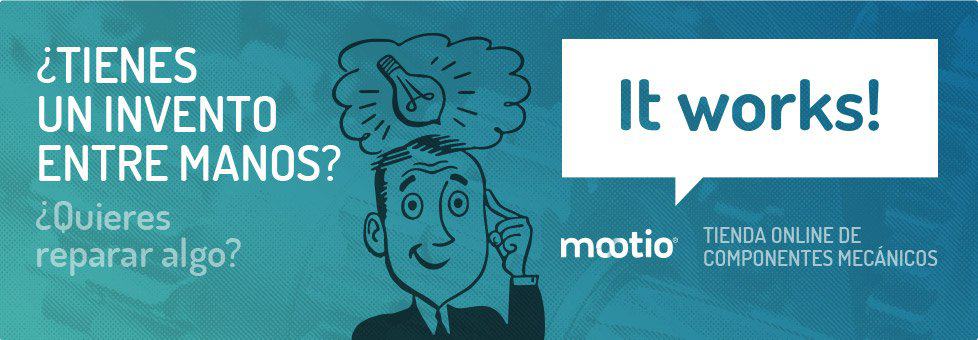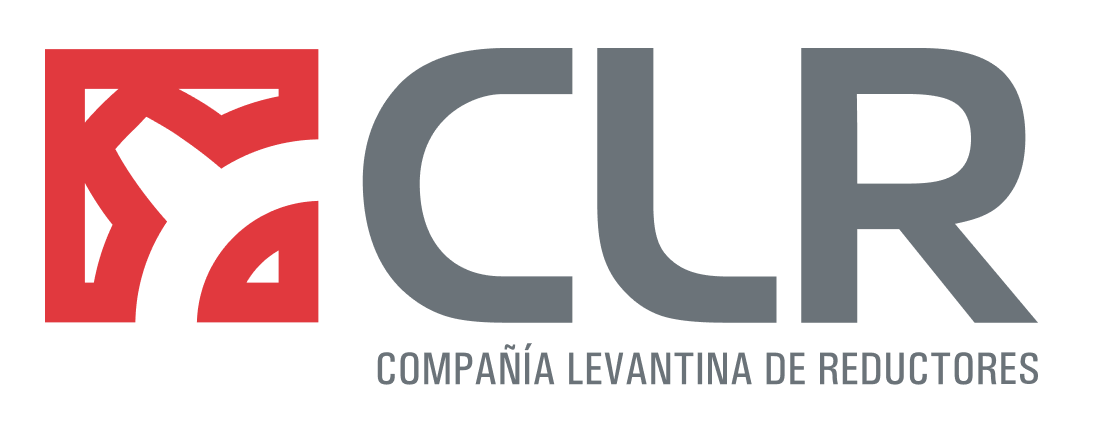The choice of electric motor more ideal for small applications is a consequence of the study of your load requirements for each application, as well as other more specific considerations such as work levels, system efficiency, the movement needs of the application or the wear and tear he suffers from his daily work. Here are some tips to help you make the right choice of small electric motors. Keep reading! Como purchasing manager this may be the first time you are faced with the choice of engine or reducer motor than Best suited to the latest project that your company is developing. Are you aware that there are a wide range of drive systems but, Which one will best respond to your application?
Questions to answer when selecting small electric motors
- In what type of environmental conditions will the electric motor operate?
Manufacturers set limits where engine operation ceases to be optimal in conditions of high or low temperatures. Also, ask yourself if the manufacturer has carried out corrosion tests, since some machines deteriorate when exposed to salt spray or other conditions environmental.
- What protection index does the motor need?
The engine card must include an alphanumeric code, known as IP index, which indicates the degree of protection of your materials against dust or fibers entering, accidental contact and liquid penetration. The most common certificates in electric motors are IP21, IP22 And IP55, although everything will depend on the type of application.
- What will be the layout of the electric motor in the installation?
You must be clear about what the relationship between the motor shaft and the output shaft of the reducer. The positions can be of three types: horizontal position, special application and vertical position.
- What rated power does the application need?
To answer this question you need to know what will be the Rotation speed And the required torque. This way you can choose a motor that fits Nominal power requirements of the application, that is, that power that is capable of supplying a motor without the temperature damaging the insulating materials of the motor due to overload.
- What duty cycles will the electric motor be subjected to?
The work cycles are linked to the power that the application will need. There can be four:
- Continuous service: the load is constant for a long period of operation and is sufficient to achieve a stable temperature, as is the case, for example, in slush machines.
- Variable continuous service: the operating periods are long but the load rate is not always the same, as is the case with hand tools.
- Intermittent service: engine working times are separated by idle times, that is, without connection to the electrical network. The ratio between working time and the total duration of the work cycle will give us its running factor. This service is available in some applications such as farm ventilation, opening windows and incubators.
- One-hour service: the motor runs for one hour at a constant speed higher than the continuous one, although the temperature does not stabilize and, therefore, does not damage the insulating materials.
- What rotational speeds will the motor need?
To know Rotation speed is essential, since together with the torque —force with which the motor can be maintained in one step, measured in Newtons·centimeter (N·m or N·cm) —, you can obtain the power required by the machine to carry out the small drive. According to this speed of rotation, electric motors can be asynchronous or synchronous.
- What number of starts will we need per operation?
The number of starts It affects the lifespan of small electric motors, since at the time of starting the motor needs a higher current than the nominal current to go from the idle state to the operating speed. In the case of a brushless motor or Brushless, this one has a Starting torque high and undergoes less wear and tear than the brushed motor.
The type of engine start can be:
- Direct: The starting current is normal, so the motor absorbs a current of between three and seven times the nominal intensity. The starting torque will be higher than the rated torque.
- Star-Triangle: used to limit intensity at start-up time. In this regard, current and torque experience a reduction of up to three times the nominal current.
- By Autotransformer: provides the motor with a voltage lower than the nominal voltage, which may be between 30% and 70%. The current and torque will vary squarely to the input voltage.
- Soft electronic start: the motor receives a reduced voltage that will increase progressively until the operating voltage is reached.
- Variable speed drive or variable frequency drive: This is the best starting method, as it allows for smoother transitions and precise speed control.
In addition, depending on the application, you should: search for an engine with a more or less precise type of movement (stepper motor for example) and with a capacity to vary direction of rotation and speed. Finally, among the manufacturer's specifications in the engine sheet you will have to pay special attention to two data: the Torque engine torque And the Maximum current performance or nominal intensity. The latter, measured in amperes (A), is the maximum value of current capable of flowing continuously through the motor.

Do you need help choosing? CLR, Levantine Reducer Company, has the necessary experience to advise you on the choice of small electric motors that best suit the requirements of your project, whatever your sector. CLR also offers its own online store, Mootio, where you can buy your engine once you have chosen the right one. Check it out for yourself!

We offer customized, tailor-made solutions. Configure with us the perfect gearmotor for your project.
¿Tienes un proyecto en mente?
We can manufacture your tailor-made solution, we accompany you at every stage of the project to offer the solution that best suits your application.
Do you have a project in mind?
We can manufacture your tailor-made solution, we accompany you at every stage of the project to offer the solution that best suits your application.









